Norway’s Modern Monarch: How H.M. King Harald V Shaped Contemporary Norway
Enjoy the fascinating story from exile to love’s triumph, as H.M. King Harald V reshaped Norway’s monarchy with empathy and unity for a modern kingdom.
On a crisp winter day on 17 January 1991, with snow gently blanketing the streets of Oslo, Crown Prince Harald V of Norway stood in the ancient glow of Nidaros Cathedral, his breath visible in the cold. The Kingdom of Norway mourned the loss of His late Majesty King Olav V, a beloved monarch whose death marked the end of an era. At that moment, Crown Prince Harald ascended to the throne as His Majesty King Harald V, becoming the first Norwegian-born king in over six centuries.

Born in 1937, Harald was the first Norwegian-born prince in the line of succession in 567 years, poignantly highlighting the freshness of this restored dynasty. As the second chapter in our three-part series on Norway’s royal legacy, this story reveals how King Harald V has shaped a monarchy that unites a nation, leading to our final tale of Norway’s chivalric orders, where the Order of St. Olav’s history shines.
On a serene summer day, 23 June 1991, H.M. King Harald V and H.M. Queen Sonja were consecrated in the historic Nidaros Cathedral in Trondheim, where Norway’s kings had sworn their oaths for centuries, a solemn ceremony that blessed their reign with a commitment to serve Norway’s people.
In 1908, the Norwegian constitution was amended, removing the requirement for a coronation. From that point onward, monarchs would no longer be crowned but instead take part in a consecration ceremony held in the same cathedral.
This moment, steeped in a thousand years of tradition, signaled the start of a modern monarchy shaped by Harald’s vision of unity and equality.

A Crown Prince Forged by Exile and Duty
H.M. King Harald’s journey began not in grand palaces but in the shadow of war. Born to then Crown Prince Olav and Princess Märtha, he was just a toddler of three when Nazi forces invaded Norway in 1940, forcing the royal family to flee. In the United States, young Harald’s charm won over President Franklin Roosevelt, who called him “Princess Märtha’s little boy.”
Those years in exile built his strength, guided by his mother’s courage and the hope of returning home. In 1945, they came back to a nation bruised but free, and Harald grew under the care of his grandfather, King Haakon VII, whose radio broadcasts from London had inspired resistance, and his father, King Olav V, who taught him a king’s first duty: to serve the people humbly. This lesson would guide Harald’s life like a compass.
Returning to Norway after the war, young Harald grew up under the tutelage of his grandfather, Haakon VII, and father, Olav V, learning that a Norwegian monarch’s first duty is to serve the people with humility. Little could those earlier kings have imagined how far Harald would push the boundaries of royal tradition in his personal life, heralding a more inclusive era for the House of Norway.
As a young man, Harald loved Norway’s outdoors, his heart tied to its fjords and forests. A skilled sailor, he competed in the Olympics in 1964, 1968, and 1972, his boat cutting through waves as a symbol of his steady yet daring spirit.
Trained by his father, he learned the role of a constitutional monarch—a figurehead who represents the nation, not one who governs, in a country where fairness is a core value. But in the 1960s, Harald’s love for a commoner, Sonja Haraldsen, led him to challenge royal tradition, reshaping the monarchy forever.
Breaking Tradition with Love
In the late 1960s, then-Crown Prince Harald faced a dilemma of the heart. He had fallen in love with Sonja Haraldsen, a commoner from Oslo, after a nine-year courtship. But marrying a non-royal was still controversial in those days; King Olav initially resisted the match.
Crown Prince Harald, an only son, took a bold stand. He informed his father that if he could not marry Sonja, he would not marry at all, even if it meant the end of the dynasty. This unprecedented ultimatum – essentially putting love above duty – eventually won over King Olav (with quiet support from the Norwegian government and public).

In August 1968, Harald and Sonja were married in Oslo Cathedral, to popular delight. It was a watershed moment: for the first time, a person of bourgeois background became Crown Princess of Norway. Queen Sonja (as she became in 1991) would go on to be a trailblazer herself – today revered for her charitable work, love of the arts, and for proving that royalty and “ordinary” origins could mix successfully. Harald and Sonja’s marriage, built on affection and equality, symbolized the modernization of the monarchy.
A Reign of Unity and Compassion
When Harald became king in 1991, now 88 (as of mid-2025), he took on not just a title but a mission to make the monarchy feel close to the people. As Norway’s head of state, his role is ceremonial—opening Parliament each year, welcoming foreign leaders to the Royal Palace, and serving as the symbolic head of the Church of Norway, a role less formal since its separation from the state in 2012.
But Harald’s real power lies in his warmth. With a sailor’s easy grin and a quiet humor passed down from Haakon VII, he connects with Norwegians, often seen in a sweater at ski races or sailing events, his Olympic days still in his step. At public gatherings, he’s not a distant ruler but a familiar face, his shy kindness a reflection of Norway’s fair-minded spirit.
His words after the 2011 terrorist attacks, which claimed 77 lives, held a grieving nation together. Standing with survivors, his voice broke as he said, “My heart is broken for the nation,” his tears a bridge between king and people. In 2016, he spoke of Norway’s diversity—Sámi herders, coastal fishermen, refugees fleeing war—saying, “Home is where you feel you belong.”
These words, spoken with deep care, made Harald a guiding light in a world often divided. As Grand Master of the Order of St. Olav, he carries forward Norway’s chivalric traditions, linking the past to the present, a story we’ll explore in our next article.
Harald’s reign has unfolded as Norway grew into a wealthy, forward-thinking nation, its oil wealth fueling a society of fairness and peace. By opening royal homes like Skaugum to visitors and keeping the palace budget modest, he has shaped a monarchy that fits Norway’s values.
Navigating Modern Challenges
Yet, being a modern monarch has come with challenges, especially as the royal family navigated personal choices under intense public scrutiny. King Harald’s children tested royal conventions much as he did – and he, recalling his youthful resolve, generally supported them.
His eldest child, Princess Märtha Louise (born 1971), for instance, pursued an independent path. Märtha Louise relinquished her style of “Royal Highness” in 2002 to live as a private businesswoman and author, delving into alternative spirituality. Her openness about communicating with angels and later her relationship with an American spiritual guru, Durek Verrett, stirred considerable public debate.
By 2022, the Princess made the difficult decision to step back from official royal duties entirely, to avoid blurring lines between her private commercial ventures and her royal role. King Harald, ever the family man, stood by his daughter even as he publicly conceded that some of her choices had been controversial. Meanwhile, Crown Prince Haakon, Harald’s heir (born 1973), also married for love in a way that initially gave the royal establishment pause.
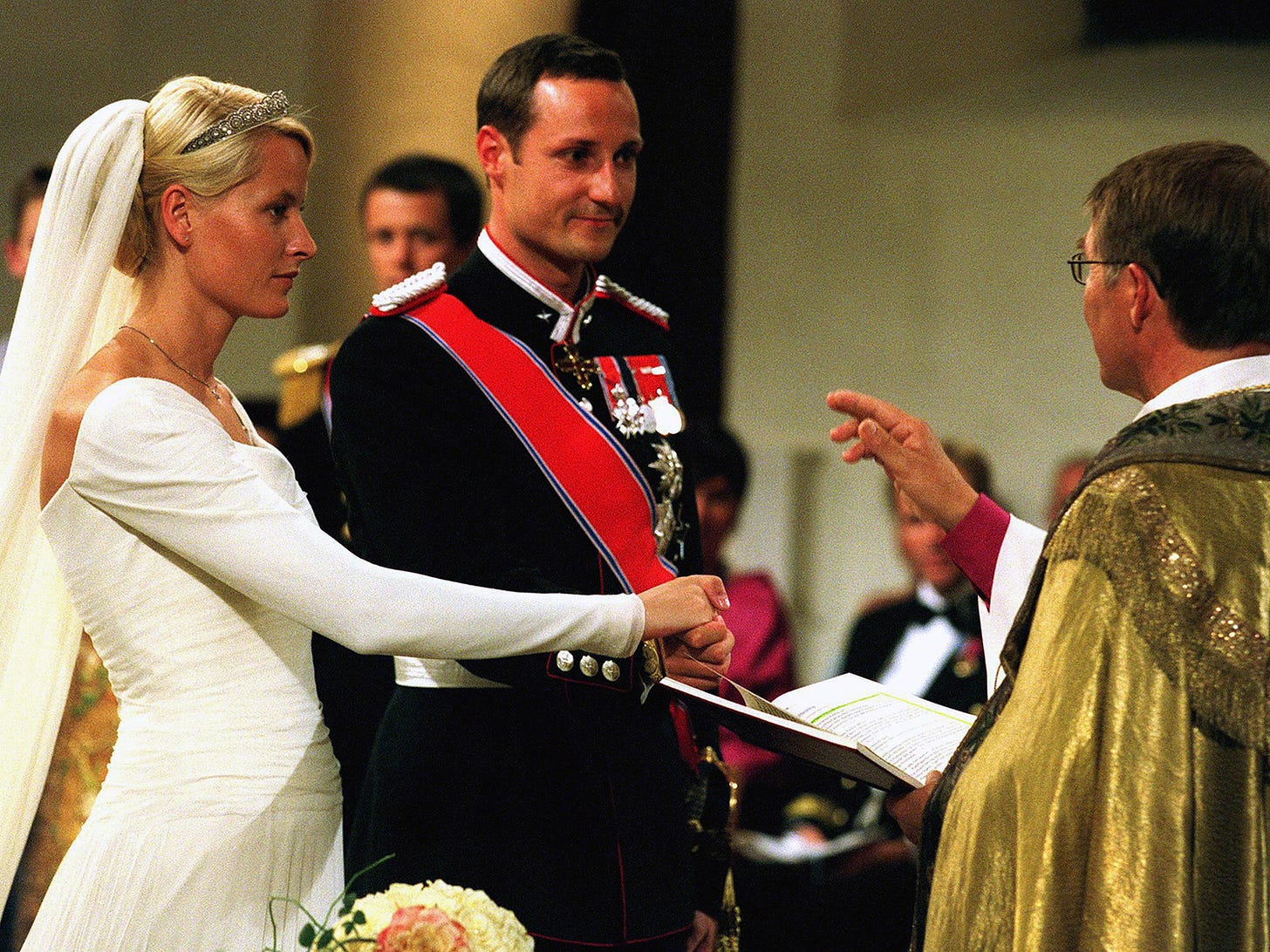
In 2001, Haakon wed Mette-Marit Tjessem Høiby, a Norwegian commoner who was a single mother with a somewhat rebellious past. The match provoked a brief media frenzy, but Haakon was adamant, and his father gave his blessing. In a nationally televised press conference before their wedding, Mette-Marit spoke earnestly about the choices she made in her youth and asked for the people’s understanding. The Norwegian public responded with overwhelming support, charmed by the couple’s obvious love and sincerity.
Over time, Mette-Marit has grown into her role, dedicating herself to HIV/AIDS work and literature advocacy, though chronic health issues have slowed her pace in recent years. Her journey from outsider to respected future queen consort is often cited as evidence of the monarchy’s ability to adapt to modern social norms and Norway’s egalitarian values.
At 88, King Harald V remains on the throne as of this writing (2025), making him one of Europe’s longest-reigning and oldest monarchs. In recent years, he has faced health scares – including surgeries and bouts of illness – prompting him to transfer more duties to Crown Prince Haakon gradually. Still, whenever he appears at events (be it the annual opening of Parliament or the National Day festivities), he is greeted with genuine affection.
Queen Sonja, equally active in her 87, accompanies him; together they celebrated their silver jubilee in 2016 and will mark 60 years of marriage in 2028, a testament to their partnership. Harald’s reign has seen Norway firmly establish itself as a wealthy, progressive, and peaceful society. Through it all, he has sought to keep the monarchy in tune with the times, demonstrating that a royal house steeped in tradition can, with sensitivity and humility, coexist with democracy and equality.
The Royal Family: Norway’s Heartbeat
Today, Norway’s Royal House is a tight-knit group, shaped by Harald’s vision of a focused, responsible monarchy. Only those in the line of succession carry official duties: H.M. King Harald V and H.M. Queen Sonja, H.R.H. Crown Prince Haakon and H.R.H. Crown Princess Mette-Marit, and their elder child, H.R.H. Princess Ingrid Alexandra. Others, like H.H. Princess Märtha Louise, H.H. Princess Astrid, and H.H. Prince Sverre Magnus, add to the family’s story, their roles unique but tied by care. Each member brings something special to Norway’s heart:
H.M. Queen Sonja, 87, is a queen of land and art, her commoner roots a crown of their own. From Oslo’s everyday streets, she has built a legacy of grace, creating hiking trails that wind through Norway’s wilds, earning her the nickname “Hiking Association’s Queen.” A painter herself, she has shared Norwegian art with the world, from Japan to America. Her work in culture and nature, along with her steady strength, has guided the monarchy through changing times, her warmth a light for all.
H.R.H. Crown Prince Haakon, 51, is the heir who looks to the future. Educated at Berkeley with a master’s degree in international studies, he fights for the environment, Sámi rights, and global fairness as a UN Goodwill Ambassador. Whether running in Oslo’s parks or cooking sausages at ski events, Haakon’s friendly style keeps the monarchy close to the people. With Mette-Marit, he raises their children to know a normal life, preparing them for a Norway that’s always changing.
H.R.H. Crown Princess Mette-Marit, 51, has risen from humble beginnings with quiet courage. A single mother when she met Haakon, their 2001 wedding caused a stir, her past marked by youthful choices. In a heartfelt TV speech before their marriage, she asked for understanding, winning Norway’s trust. Since 2018, she has faced pulmonary fibrosis, a lung condition, but continues to promote reading, her literature train rolling through Norway’s towns. Her openness about her struggles has made the monarchy feel human, her kind smile a source of comfort.
H.R.H. Princess Ingrid Alexandra, 21, is the future’s promise. Second in line, she is set to become Norway’s first modern queen, thanks to a 1990 law ensuring the firstborn inherits, boy or girl. A skier and surfer, she steps into her role with care, her 2022 military training and gala with European royals showing her readiness. Confirmed in 2019 in a Lutheran ceremony joined by other crowns, she blends history with a fresh outlook.
Other Royals of the Kingdom of Norway
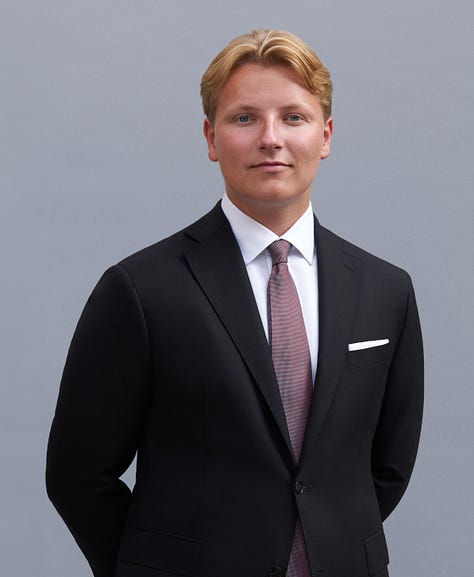
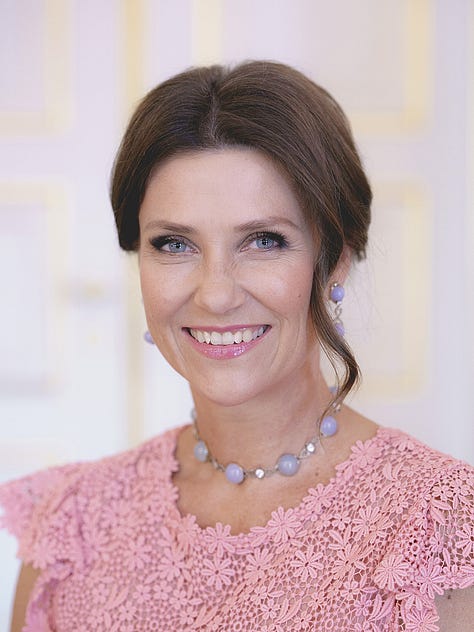

H.H. Princess Märtha Louise, 54, has chosen a different path. Born in 1971, she gave up her “Royal Highness” title in 2002 to work as a businesswoman and writer, exploring spiritual ideas. Her talk of angels and her bond with Durek Verrett, an American spiritual guide, sparked debate. In 2022, Märtha Louise stepped back from royal duties to focus on her private ventures and mitigate public controversy over her spiritual work. Harald, always a father, supported her while keeping the crown’s honor first.
H.H. Prince Sverre Magnus, 19, lives out of the spotlight. Haakon’s younger son, born in 2005, has no royal duties; his playful dance moves at National Day events are a touch of fun. Known for his humor, he focuses on his studies, a young royal who feels like one of the people.
H.H. Princess Astrid, 93, is a link to Norway’s past. As King Olav’s sister, she acted as first lady for her single father, her lively spirit a quiet gift. Though no longer in official roles, her presence warms the family’s story.
This focused Royal House, shaped by Harald’s plan, keeps the monarchy strong through challenges. Märtha Louise’s spiritual choices and brief controversies—like 2023 news about Mette-Marit’s eldest son, Marius Borg Høiby, from her life before Haakon—have tested the family. But Harald’s rule—only those in the direct line carry public roles—keeps the monarchy clear, matching Norway’s practical, humble pride.
A Monarchy for a Modern Norway
In a nation built on fairness, the monarchy stands as a symbol carved in history, its power gentle but deep. Harald says he “came with the Constitution,” his role given by the people’s choice. The king reigns but does not govern, his actions guided by government leaders, a system smooth since Haakon VII’s wartime courage. A February 2025 poll shows this bond—69% of Norwegians support the monarchy, a rise from earlier years, though down from a high of 81% in 2017, with calls for a republic soft at around 15–20%
The monarchy’s strength comes from its ability to change. Harald’s marriage to Sonja broke old rules; Haakon’s to Mette-Marit, a single mother, carried that forward, their love a sign of a Norway open to all. The 1990 law for equal succession, though not changing Haakon’s place over Märtha Louise, set Ingrid Alexandra as a future queen, a milestone for a land of fairness.
In 2020, during the COVID-19 crisis, Harald spoke from the Palace’s Bird Room, urging unity: “Together we will get through this.” His words, warm and simple, lifted spirits, boosting support for king and heir. With no lavish displays, the Royal Palace is modest, its royals seen hiking or shopping like neighbors. The royal yacht’s use has been curtailed to save costs, showing a crown that lives within its means, a point of pride.
But challenges come. Märtha Louise’s spiritual path and minor family issues, like Marius Borg Høiby’s 2023 troubles, have stirred some to question the monarchy’s place. The royal family has answered with action: Märtha’s step back from duties protected the crown, and Haakon’s planning—perhaps a simpler coronation or smaller budget—shows a monarchy that listens. Norway’s spirit of openness demands this, its monarchy a reflection of its people.
Harald’s Lasting Legacy
As Harald, now a tad slowing down at 88, hands more to Haakon, the monarchy’s light shines on. Ingrid Alexandra, ready to lead a diverse Norway, waits for her time, her reign a blend of past and future. Scandinavian monarchies last by hearing their people, and Norway’s is no different. The Palace, grand but simple, stands for this: a monarchy proud yet down-to-earth, a “first among equals” in a land of fairness. In moments of loss—like 2011’s tragedy—or joy—like National Day’s waving flags—Harald’s family is Norway’s heartbeat, a story tying ancient kings to a hopeful tomorrow.
Harald’s legacy is a crown of snow and story, a path from legend to today. From risking all for Sonja to crying for his people, he has mixed tradition with care. Haakon, with Mette-Marit’s support, and Ingrid Alexandra, ready for a historic reign, carry this forward. As Norway faces a future of change, the Royal House is its anchor, a thread connecting Viking days to global dreams.
For all of you drawn to this mix of history and heart, our next story, “Royal Orders of Knighthood and Honours of the Kingdom of Norway,” will share the rich Chivalric heritage of the Kingdom of Norway. From its ancient roots to Harald’s care, these honors are a bright part of Norway’s story, a perfect end to our royal series.






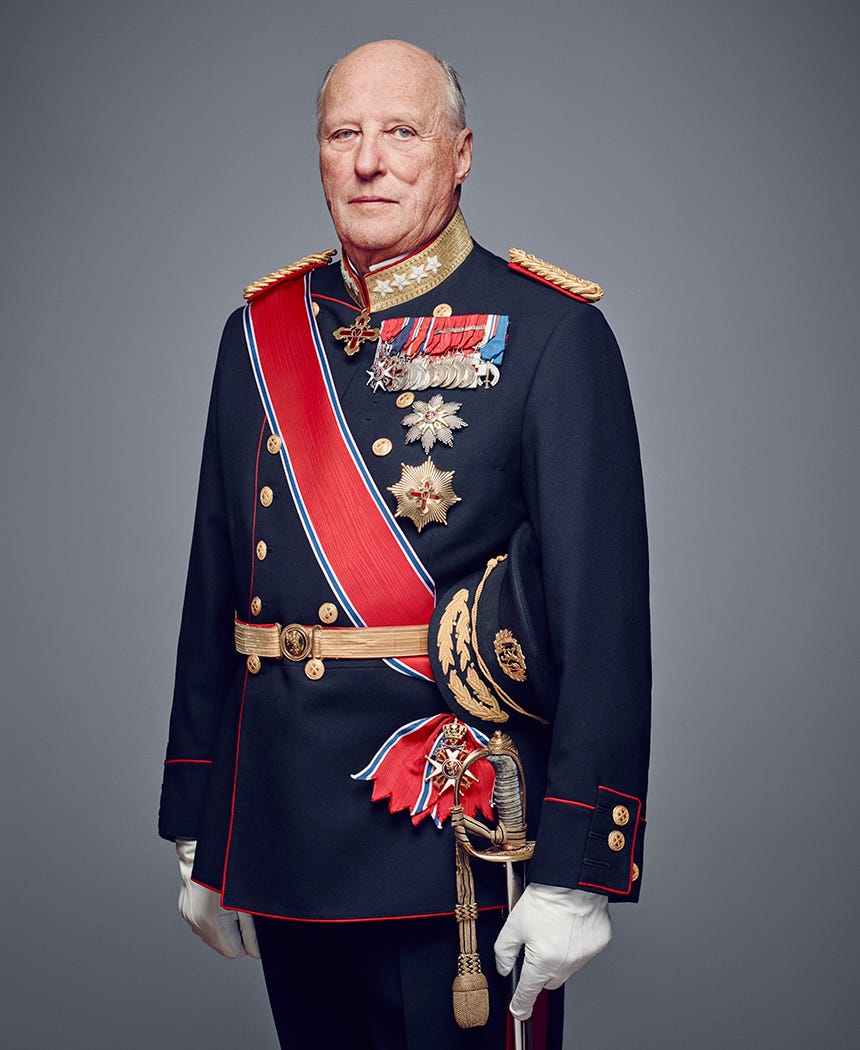

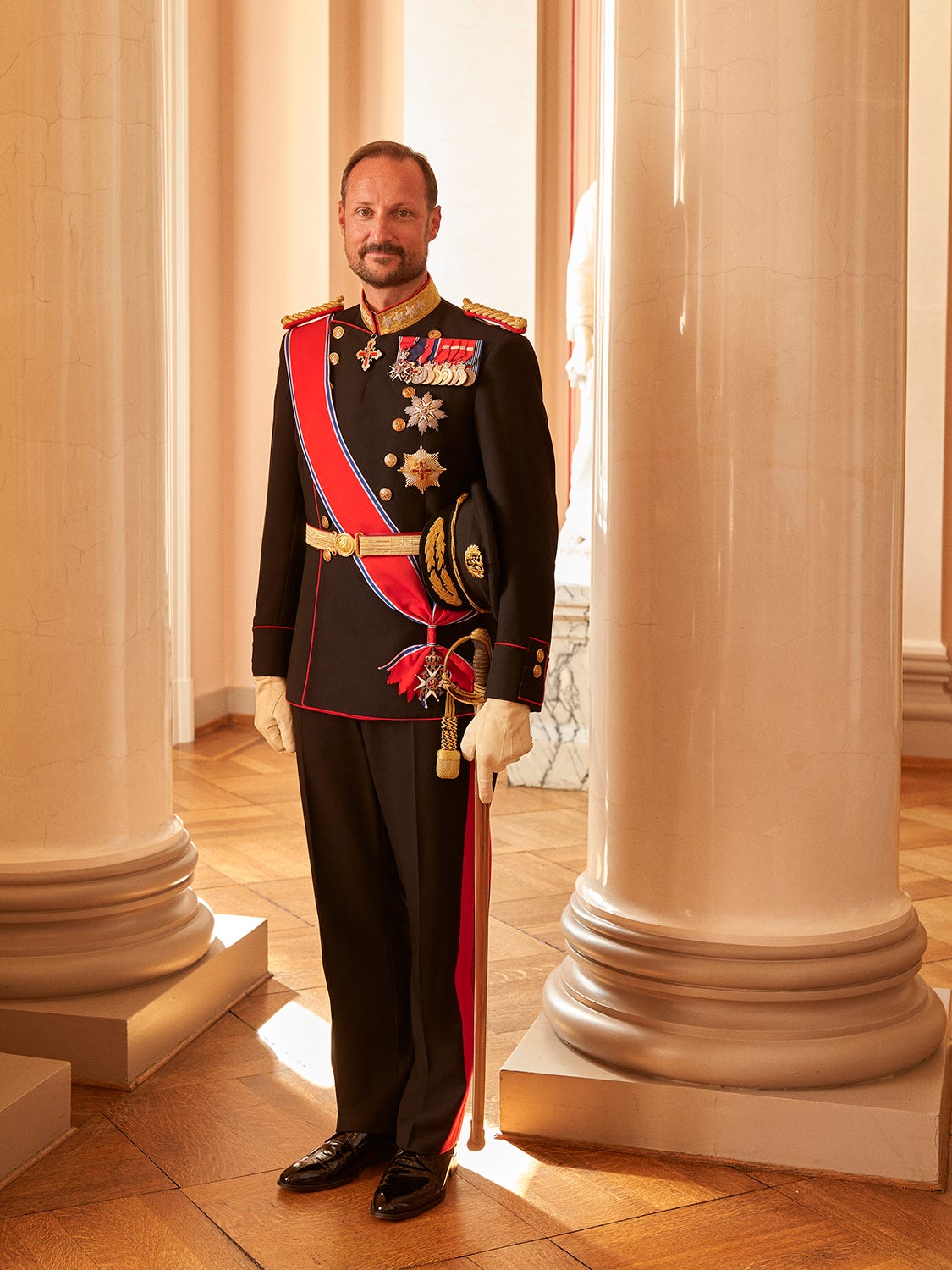
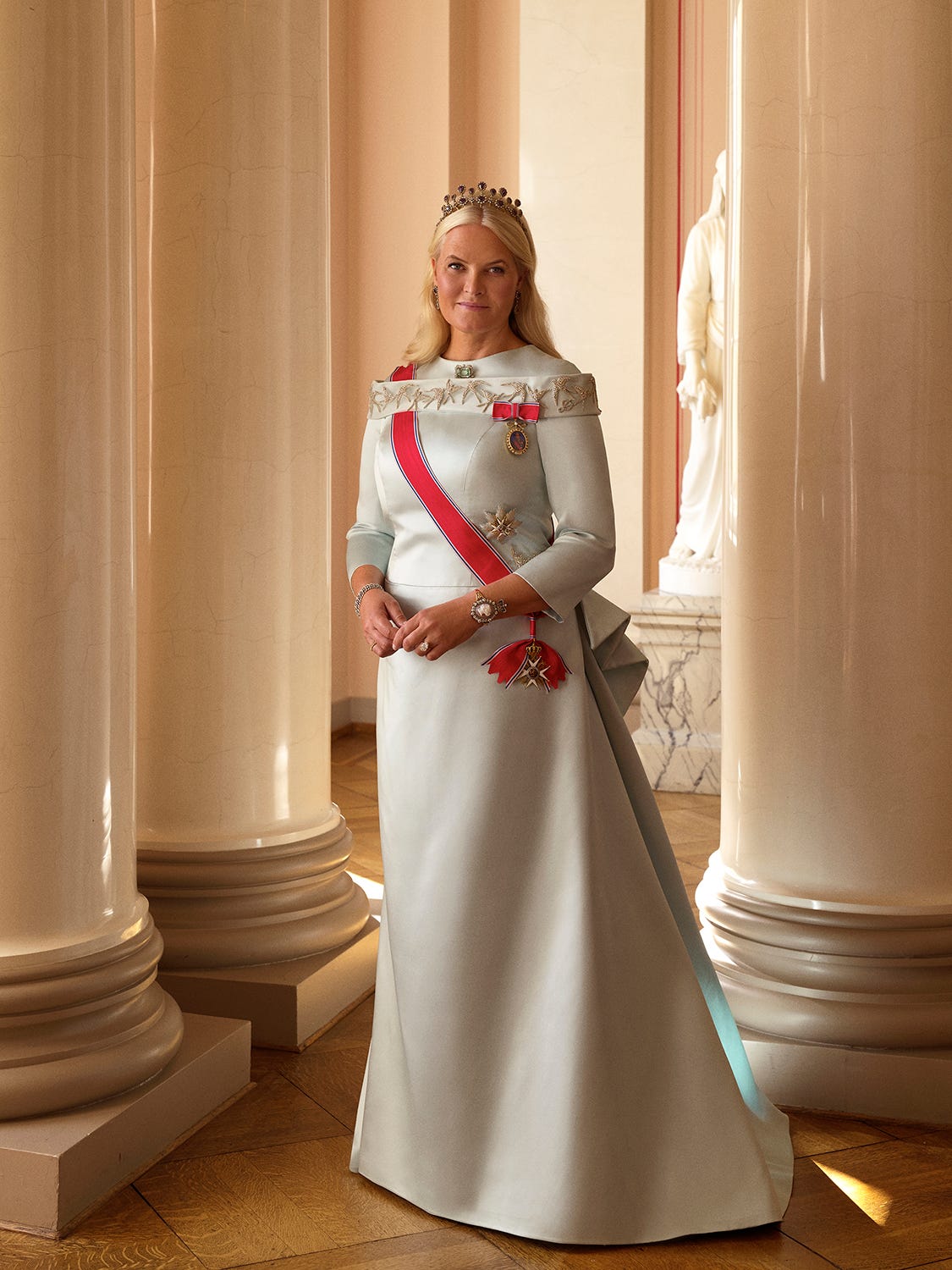
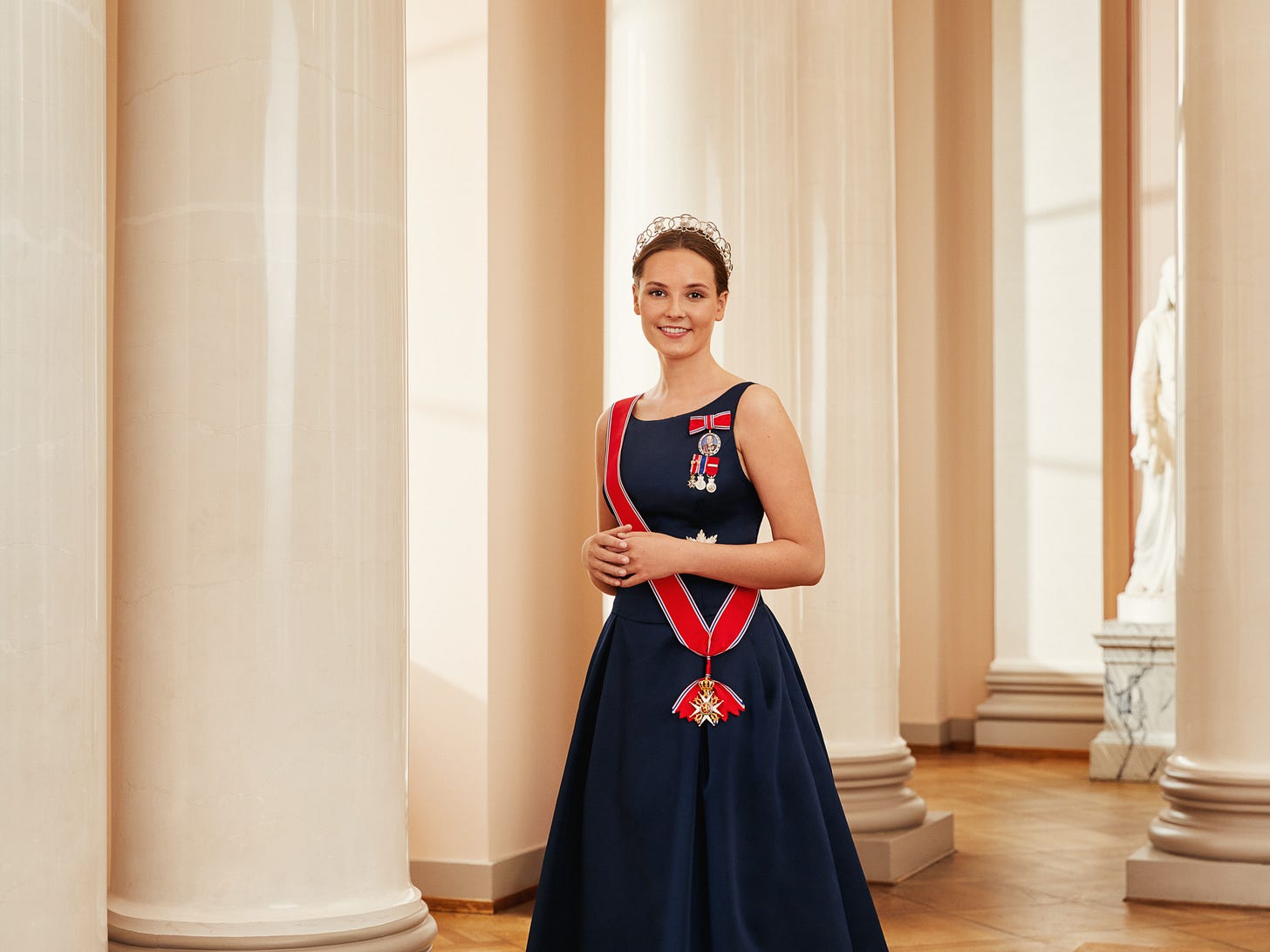

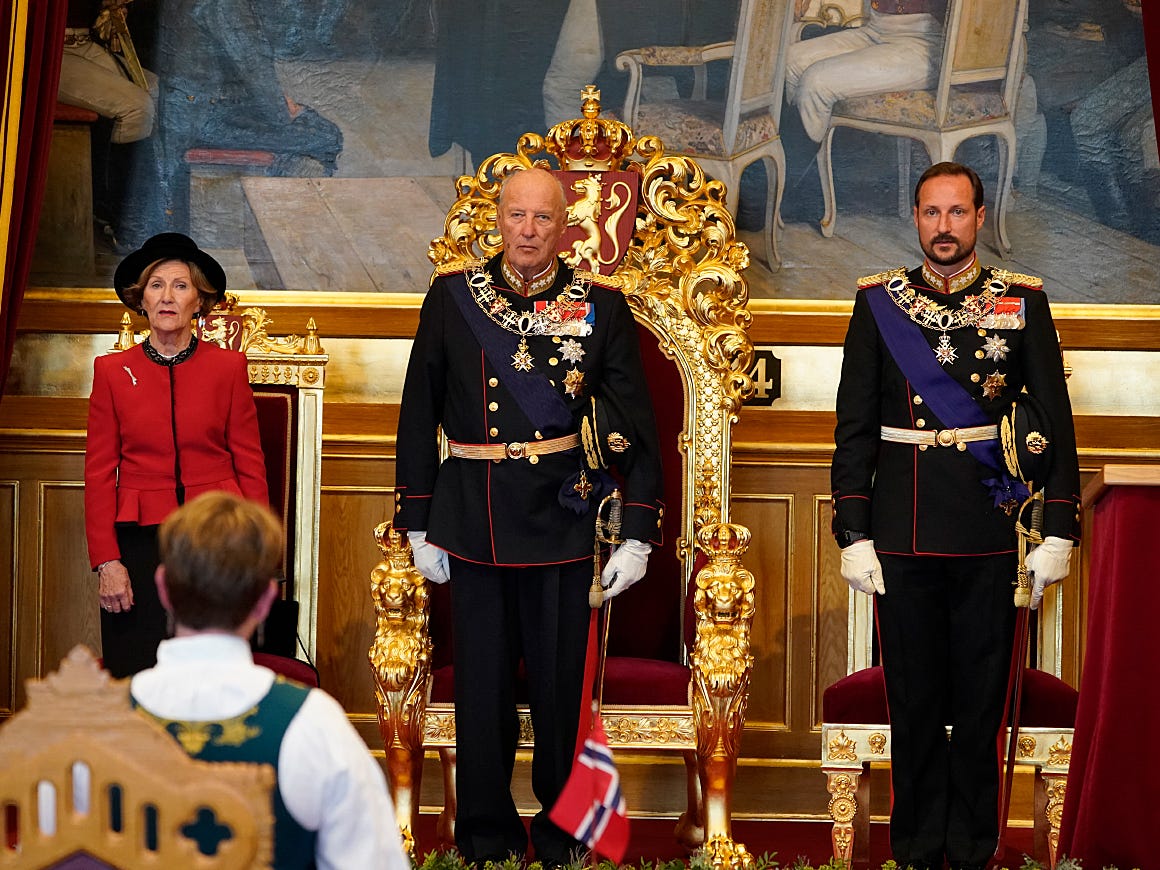

Dearest Pror. Ierardi, thank you so much for your kind words and your support! Looking forward to seeing you soon at our next Chivalric gathering!
Beautifully written.A Kingdom which is often not written about but yet filled with much history. Thank you Sandro for sharing it's glorious history!